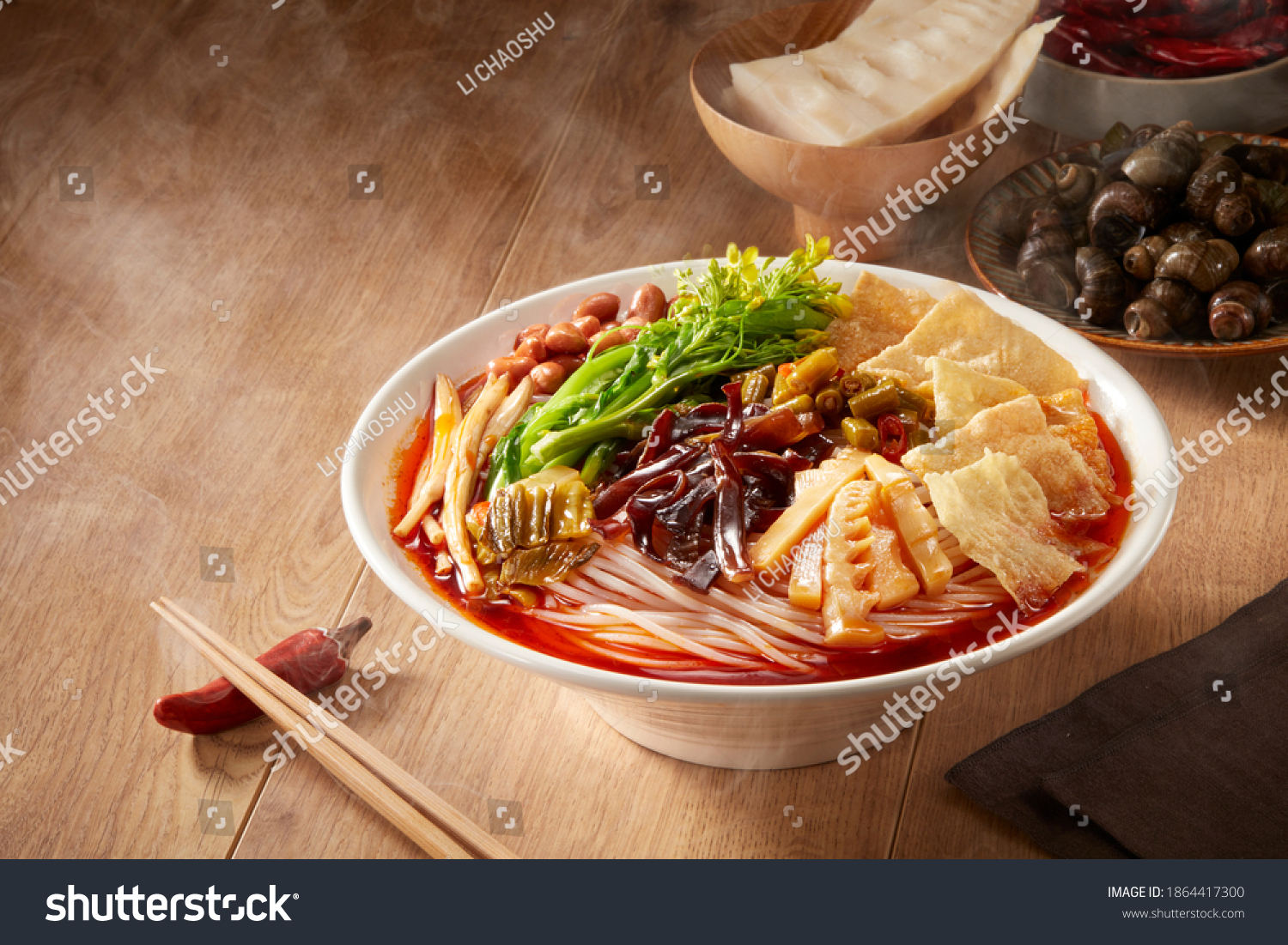A guide to Chinese cuisine
The scent of sizzling woks, simmering broths, and charred skewers fills the air in markets and alleyways across China. Street vendors work with the precision of seasoned masters, tossing noodles, ladling broths, and layering flavors that have been perfected over generations. The first bite is a burst—briny, tangy, rich with umami. This is a cuisine built on bold flavors, contrasting textures, and a deep connection to the land.
Chinese cuisine isn’t a single tradition; it’s a layered and evolving culinary landscape. It’s not just about flavors—it’s about history, migration, and survival. And in this vast land, where the food shifts as dramatically as the landscapes, eating becomes an act of storytelling.
A Symphony of Regions
To understand Chinese cuisine is to embark on a journey across its regional tapestries. Eight great culinary traditions dominate: Sichuan, Cantonese, Hunan, Jiangsu, Zhejiang, Fujian, Anhui, and Shandong. Each one tells the story of its geography, its climate, its people.
Sichuan, known for its bold use of spice, is defined by its deep flavors, the kind that leave your tongue buzzing and your senses heightened. But there’s nuance here, too—twice-cooked pork, dan dan noodles, mapo tofu—each dish a perfect equation of heat, umami, and that elusive tingle of peppercorns. You don’t just eat Sichuan food; you experience it.
Cantonese cuisine, on the other hand, is elegance in restraint. The focus is on freshness, the natural sweetness of a just-plucked lobster, the subtle brininess of steamed fish kissed with ginger and scallions. Dim sum, that sacred morning ritual, is less a meal and more a social contract. Conversations spill over delicate bamboo baskets, where har gow (shrimp dumplings) gleam translucent under the tea house’s warm glow.
And then there’s Hunan, where the chilies are fresher, sharper—less of a creeping burn, more of an immediate jolt. It’s a cuisine that feels unapologetic, direct, and layered with sour, spicy, and smoky notes. Signature dishes like spicy steamed fish head with chopped chilies and stir-fried pork with green chilies highlight the region’s love for heat. Smoked and cured ingredients also play a key role, adding a deep, rustic intensity to the flavors.
The Streets, The Stalls, The Real China
If you want to understand China, forget the banquet halls and high-end restaurants. You eat on the street. You squat on tiny plastic stools, elbow to elbow with locals, navigating a bowl of hand-pulled noodles with broth so rich it feels medicinal. You queue at a jianbing stall at dawn, watching the vendor masterfully spread out a thin, crepe-like batter, crack an egg over it, scatter scallions, add pickled mustard tubers, and finally—mercifully—fold it all around a crispy wonton sheet. Breakfast, wrapped and ready.
In Xi’an, home of the ancient Silk Road, you can taste the echoes of centuries-old trade routes. At the city’s Muslim Quarter, the scent of cumin-laced lamb skewers perfumes the night air. Roujiamo, sometimes lazily called a “Chinese burger,” is anything but—it’s a pocket of warm, crisped bread stuffed with slow-cooked, shredded meat, a relic from a time when Persian traders passed through these streets.
In Shanghai, the xiaolongbao experience is an exercise in precision. Pick one up gently—too rough, and it bursts, losing all its glorious soup before it reaches your mouth. Dip it in black vinegar, take a careful bite, and let the scalding, gelatin-rich broth coat your tongue. It’s an explosion of flavor in every bite.
Lo mein, a simple yet satisfying dish, takes on countless variations across China.

One of the most comforting versions features thick wheat noodles stir-fried with crisp vegetables, earthy mushrooms, and tender soy filets, all coated in a deep, savory soy sauce. The balance of textures and flavors makes it a favorite from street stalls to home kitchens.
The Deep Flavors of Guangxi Cuisine
The essence of Guangxi cuisine lies in its bold ingredients and time-honored techniques. Snail rice noodles, or luosifen, are a testament to this region’s ingenuity—a dish where slow-simmered river snails create a broth that is briny and complex. The real punch, though, comes from the fermented bamboo shoots, pickled green beans, and chili oil that lace the soup with layers of tang and spice. Topped with peanuts and fresh herbs, it’s a dish that surprises, challenges, and ultimately satisfies

The Rituals and the Unexpected
Food in China is ritual. It’s the clinking of teacups before a meal, the unspoken hierarchy of who gets to pick up the bill, the subtle diplomacy of the lazy Susan.
It’s the unexpected, too. The late-night skewer vendors whose offerings range from succulent lamb to, say, a stick of crispy scorpions that you eat, not because you have to, but because the moment calls for it. It’s the old man in Guangzhou stirring a clay pot of silky congee at dawn, the grandmothers in Yunnan hand-wrapping rice noodles into impossibly delicate rolls.
Food connects people. It tells stories. It carries traditions. It’s a man slurping beef noodles in Lanzhou, completely unaware that the dish he’s eating originated from a Hui Muslim chef centuries ago. It’s a grandmother in Chengdu making mapo tofu the way her ancestors did, while across the ocean, a chef in New York tries to reinvent it.
The Future of Chinese Cuisine
Like everything in China, food is changing. Globalization, migration, and modernity are rewriting the rules. Young chefs are taking the bones of traditional Chinese cooking and giving them new life—think Sichuanese flavors infused into French techniques, or molecular gastronomy applied to ancient recipes. Cities like Beijing and Shanghai are playgrounds for experimental dining, while in the countryside, artisans fight to preserve the old ways.
Yet, at its core, Chinese food remains deeply personal. It’s a family gathered around a lazy Susan, a stranger handing you a skewer at 3 a.m., a sip of hot soup on a cold morning. It’s an experience to be savored, one bite at a time.
A Culinary Adventure with Lost Plate Tours
Forget the laminated menus and tourist-trap dumpling houses. Lost Plate Tours takes you where the real food lives—the smoky backstreets, the family-run eateries, the spots that survive on regulars who know exactly what to order. This is the China Marco Polo risked everything for, where silk and spices were traded alongside recipes that still define entire regions. This isn’t just a tasting tour; it’s a deep dive into the flavors and history that pulse through the country’s most storied neighborhoods.
In Beijing’s hutongs, history clings to the bricks like the scent of sizzling lamb skewers. You’ll wind through these ancient alleyways, past red doors and hidden courtyards, to family-run kitchens still serving the same dishes that fed emperors and revolutionaries. Start with a bubbling copper hotpot under the shadow of the Bell Tower, where paper-thin slices of mutton disappear into a rich, clear broth. Then, step inside a century-old home for a bowl of zhajiangmian—Beijing’s beloved noodles, thick and chewy, coated in a salty fermented soybean sauce passed down through generations.
Shanghai hums with life after dark, its neon glow illuminating steaming baskets of xiaolongbao—the city’s most famous delicacy. Not all soup dumplings achieve that perfect harmony, though. On a Lost Plate food tour, you’ll bypass the tourist traps and dive into a local haunt where the broth bursts just right, the skin is delicate yet resilient, and the vinegar-chili ratio is expertly balanced.
From hand-pulled scallion noodles to pan-fried buns recognized as Local Intangible Cultural Heritage, this is a haven for those who appreciate noodles and dumplings. Wander through the French Concession’s shadowed lanes, where colonial facades now house hidden culinary delights. Braised pork belly, fragrant with soy and star anise, is irresistibly tender. And for the finale? A mango-pomelo dessert made with care. Wash it all down with a pint of Shanghai’s best craft beer.







